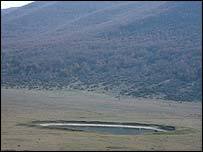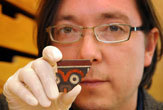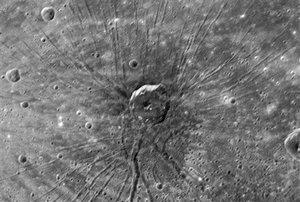It was just before a decisive battle for control of Rome and the empire that Constantine saw a blazing light cross the sky and attributed his subsequent victory to divine help from a Christian God.

|
| ©Unknown |
Constantine went on to consolidate his grip on power and ordered that persecution of Christians cease and their religion receive official status.
Civil war
In the fourth century AD, the fragmented Roman Empire was being further torn apart by civil war. Constantine and Maxentius were bitterly fighting to be the sole emperor.
Constantine was the son of the western emperor Constantius Chlorus. When he died in 306, his father's troops proclaimed Constantine emperor.
" ...a most marvellous sign appeared to him from heaven... " Eusebius








Comment: The prospect of geoengineering is far more worrying when one considers the psychopathic destructively short-sighted and self-interested nature of those in power who would direct such measures; and also the massive extent of the misconceptions and falsehoods that currently masquerade as scientific knowledge of the planet we inhabit - a lack of objectivity which could cause such measures to fail catastrophically.